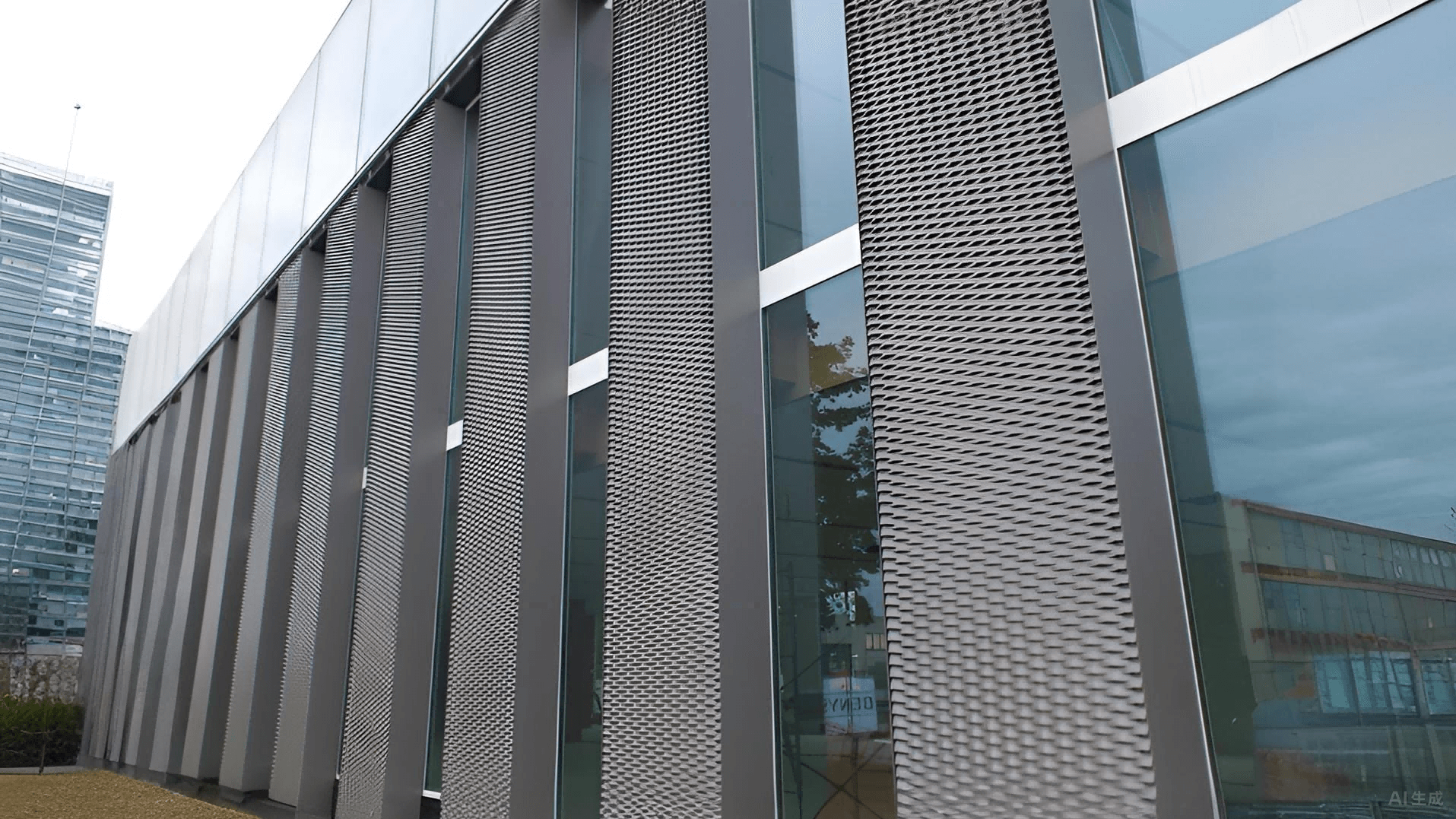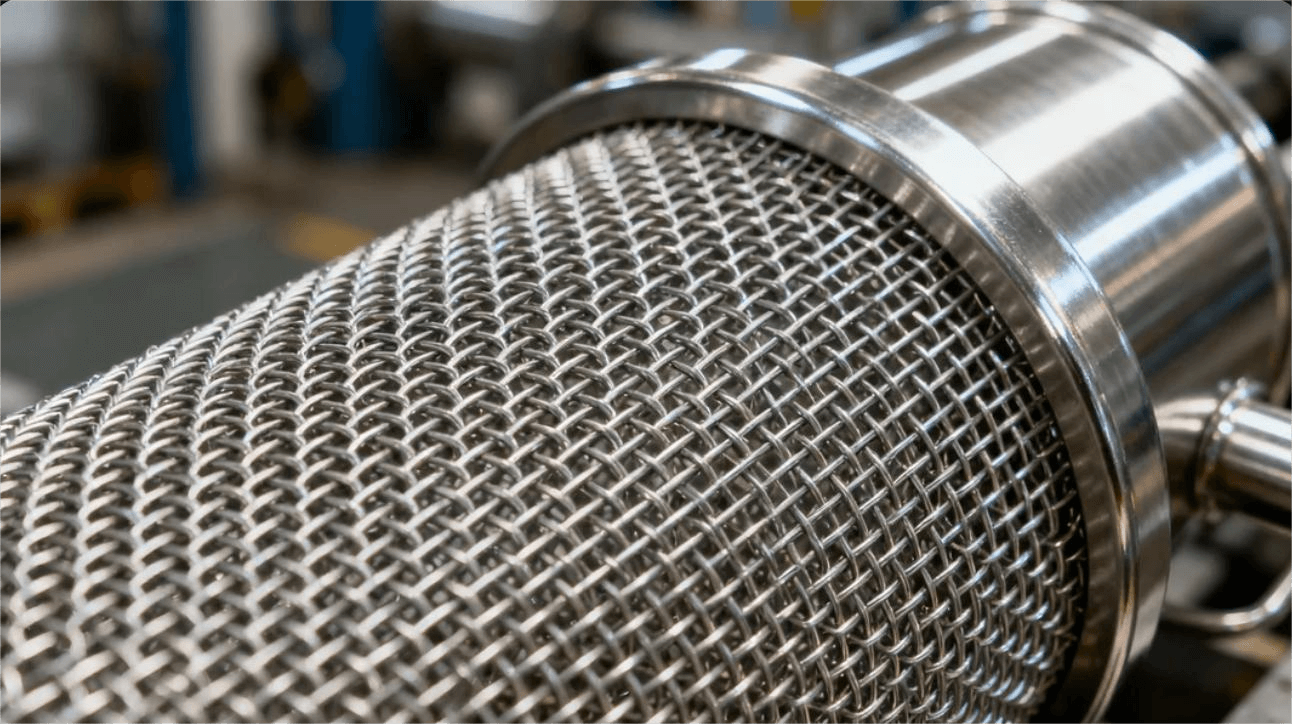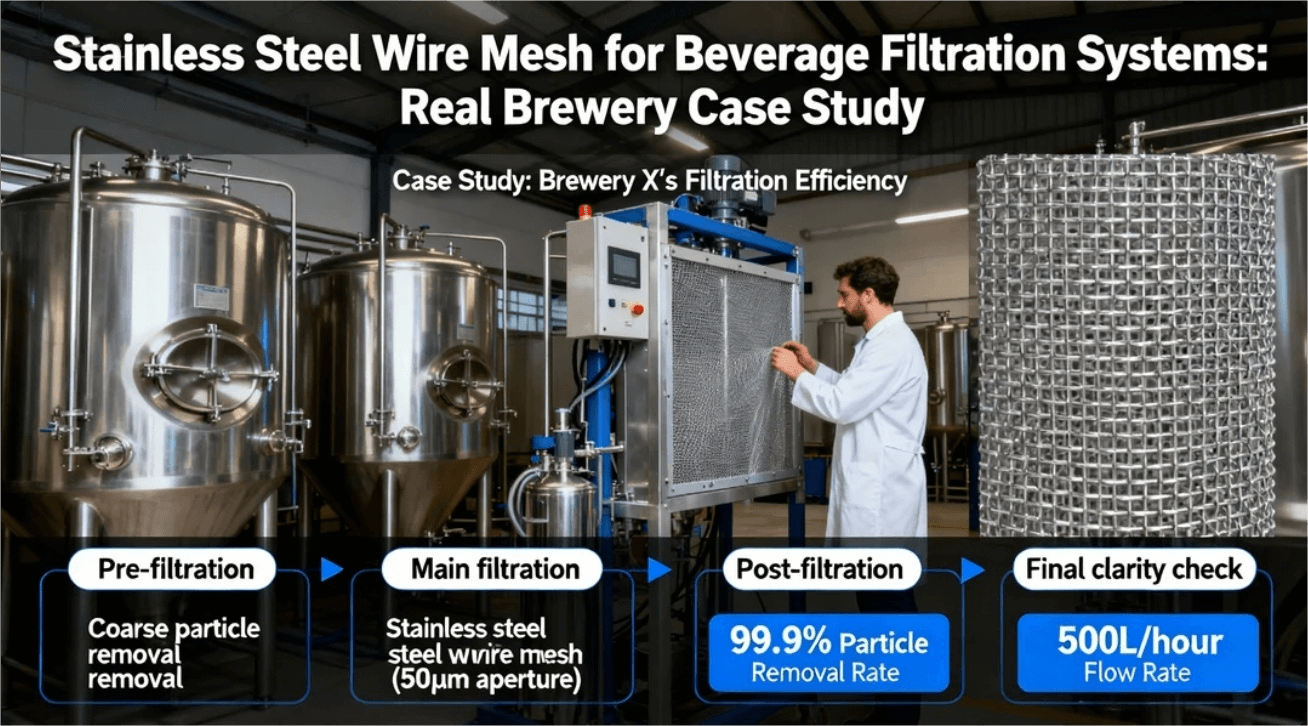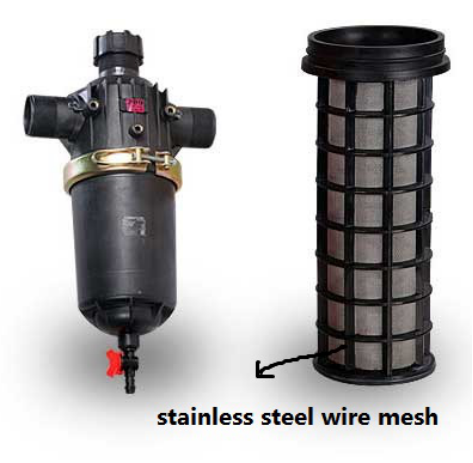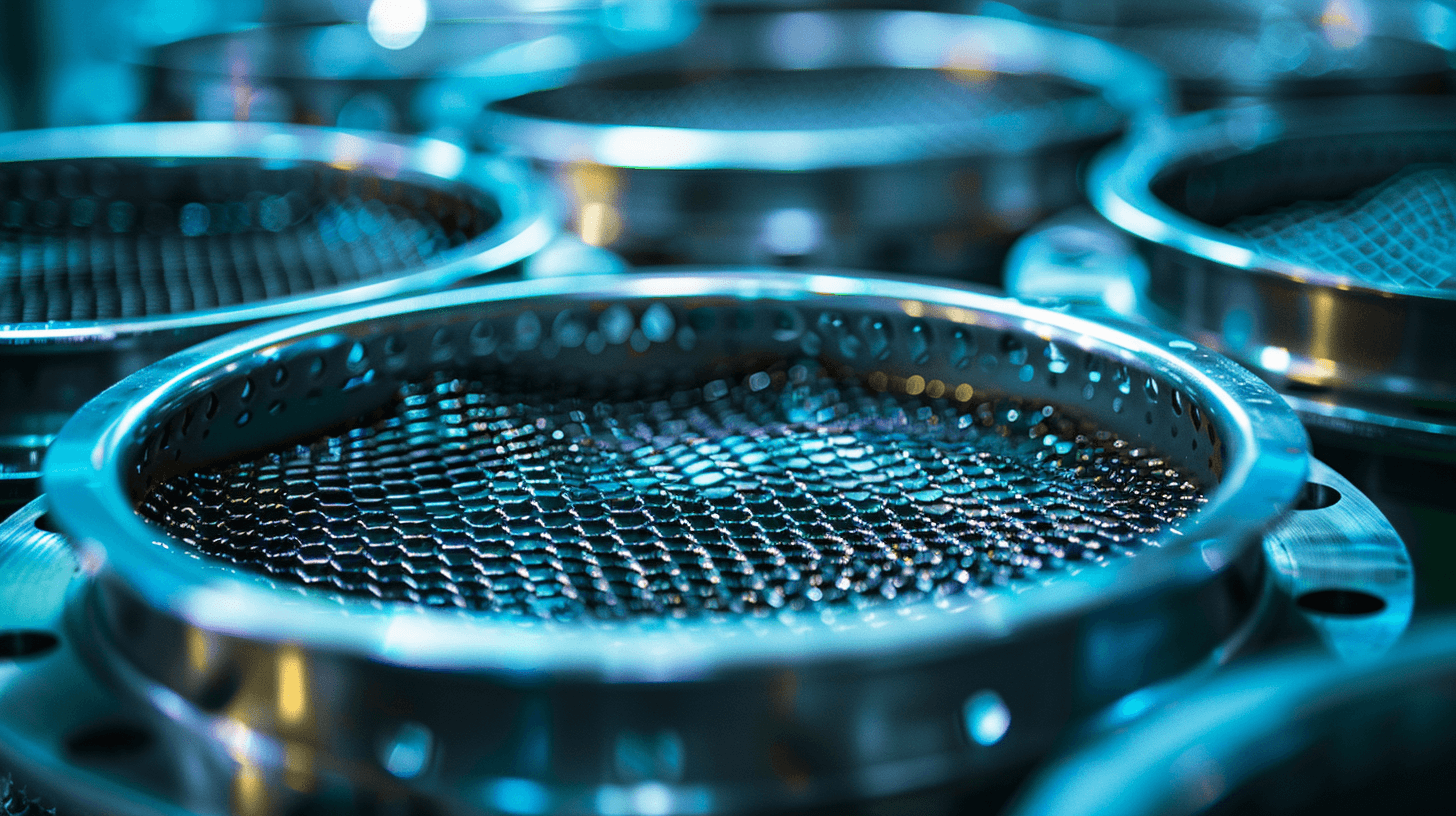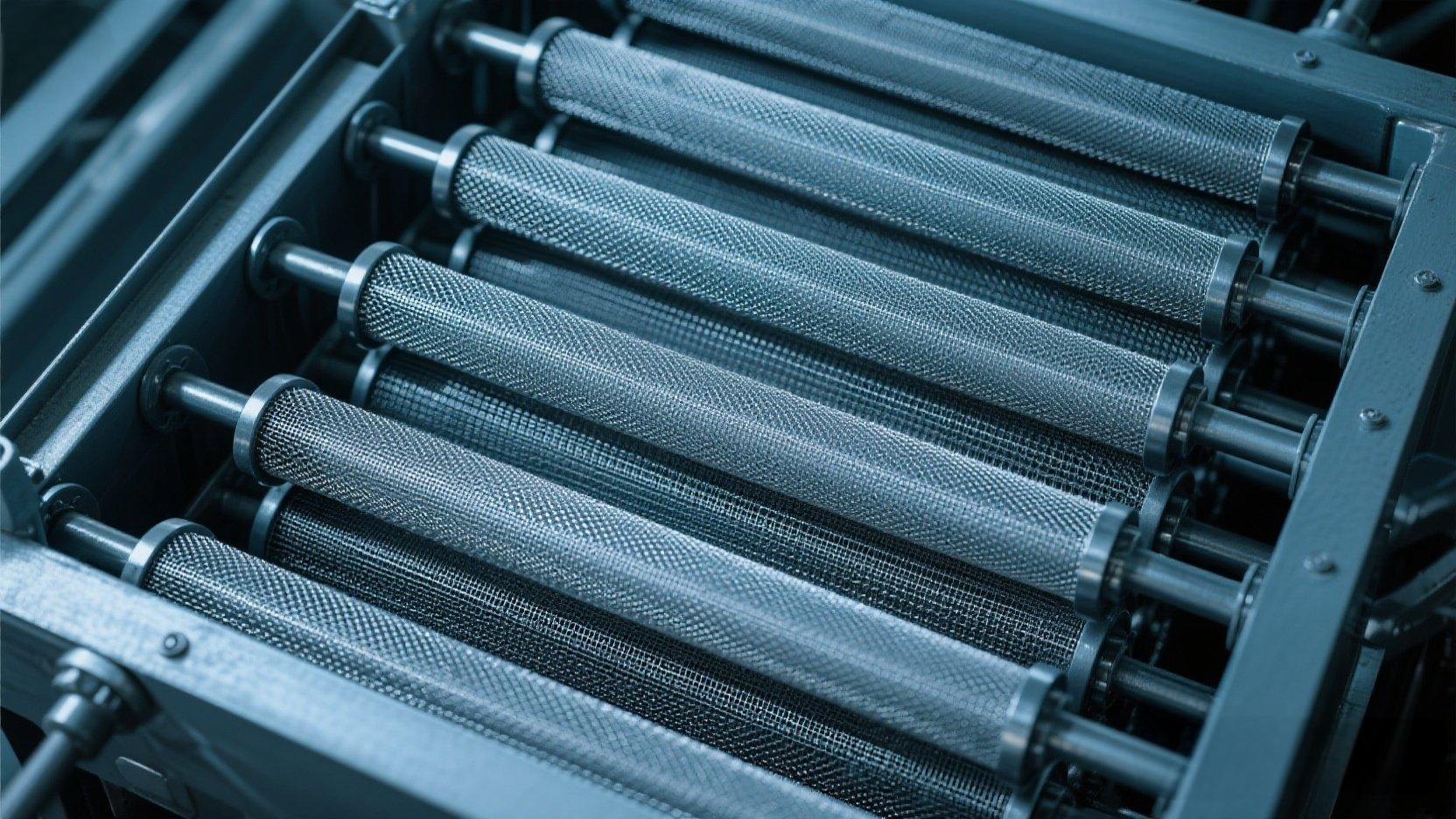Steel Mesh Panels for Architectural Facades: Design, Function, and Impact
As urban design moves toward merging sustainability, function, and aesthetic appeal, steel mesh panels for architectural facades have emerged as a leading choice. Architects, developers, and engineers now rely on these versatile panels to create expressive, functional building envelopes that perform well under diverse conditions.
What Are Steel Mesh Panels for Architectural Facades?
Material Composition and Types
Architectural mesh panels are typically made from stainless steel or galvanized steel and come in various weave types, including wire mesh, expanded metal, and perforated sheets.
How Mesh Panels Are Manufactured and Installed
Steel mesh is either woven, welded, or stamped into shape and then mounted onto framing systems or directly onto structural elements. Pre-tensioned installations help maintain rigidity and design integrity over time.
Benefits of Using Steel Mesh Panels in Modern Architecture
Aesthetic Versatility and Visual Impact
Steel mesh can be used to create translucent facades, patterned screens, or flowing architectural forms. Its reflective finish changes with light, giving facades dynamic visual character.
Durability and Weather Resistance
With proper coating and grade selection, steel mesh panels withstand UV rays, wind loads, moisture, and pollution—making them ideal for high-rise and outdoor applications.
Energy Efficiency and Sun Shading
Architectural mesh reduces solar heat gain, enabling passive cooling. Perforation patterns can be customized for targeted shading while allowing natural ventilation and daylight.
Applications in Commercial and Public Architecture
High-Rise Buildings and Office Towers
Mesh panels enhance the appearance of glass-dominated high-rises by adding texture and depth, while also improving safety and sun control.
Cultural Centers, Museums, and Airports
Mesh cladding offers a blend of transparency and security for public buildings, helping architects balance form and function.
Parking Garages and Mixed-Use Developments
Open-area mesh allows air circulation in parking decks while enhancing exterior visuals—especially when backlit with LED systems at night.
Key Considerations When Specifying Steel Mesh Panels
Choosing the Right Mesh Pattern and Aperture
Consider the building’s purpose and environment—larger apertures offer better ventilation, while finer weaves provide privacy and solar protection.
Integration with Lighting and Signage
Mesh panels can double as surfaces for integrated branding, LED lighting grids, or projection screens, adding multifunctionality to facades.
Sustainability and LEED Compliance
Steel mesh is 100% recyclable and contributes to points in LEED and other green building certifications. Its longevity also reduces material lifecycle costs.
✅ Conclusion
From iconic commercial buildings to innovative public structures, steel mesh panels for architectural facades deliver unmatched performance and design flexibility. Their durability, transparency, and sustainable attributes make them a future-ready solution for architects and builders. Contact us today to discuss how steel mesh panels can elevate your next architectural project.

